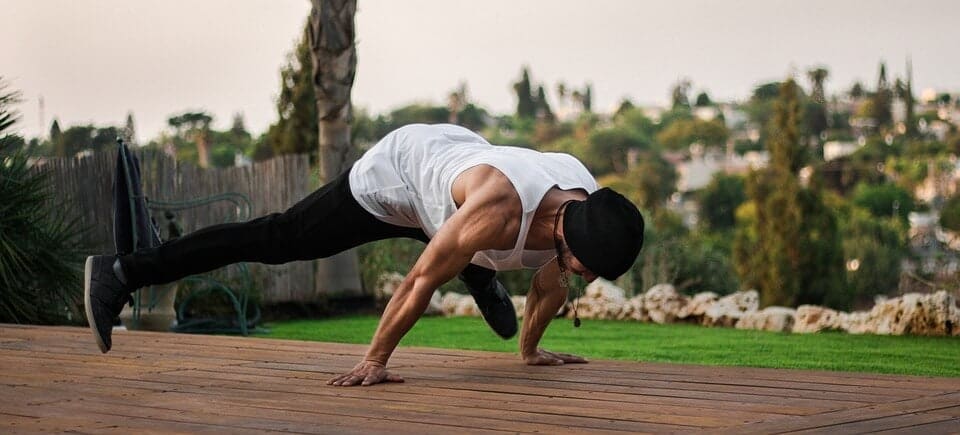Hip flexibility serves as a fundamental component in the maintenance of overall health. Despite its critical nature, it is often overlooked. We will explore its significance, ensuring you gain a thorough understanding of its importance.
The Anatomy of the Hip
The hip is a ball-and-socket joint, with the ball of the thigh bone fitting into the socket of the pelvic bone. This design offers a wide range of movement, but it also relies heavily on the flexibility and strength of the muscles and connective tissues surrounding it.
Muscles Involved
Several major muscle groups contribute to hip movement and stability. These include the hip flexors, the gluteal muscles, the adductors, and the hamstrings. When these muscles are flexible and strong, they allow for smooth, pain-free hip movement.
The Impact of Hip Flexibility on Health
Hip flexibility plays a significant role in our daily activities and overall health. Let’s explore how.
Posture and Alignment
Proper posture depends on the alignment of many body parts, and the hips play a vital role in this. Tight hip flexors or hamstrings can pull your body out of alignment, leading to poor posture and potentially causing discomfort or pain over time.
Mobility and Balance
Your ability to move with ease and maintain balance is significantly affected by the flexibility of your hips. Stiff hip muscles can limit your range of motion, affecting your balance, coordination, and stability.
Preventing Injury
Flexible hips can help to prevent injuries. When your hip muscles are flexible, they are less likely to be strained or torn during physical activity. Furthermore, flexible hips can help to protect your lower back and knees from injury.
Increasing Hip Flexibility
Recognizing the importance of hip flexibility is one thing, but actively improving it is another. Here are some techniques for increasing hip flexibility.
Regular Stretching
Consistency is key when it comes to stretching. Implementing a daily routine can gradually increase your hip flexibility. You may consider using a hip stretching video as a guide, ensuring your form is correct and efficient.
Yoga and Pilates
Yoga and Pilates both emphasize flexibility, balance, and strength, making them excellent options for improving hip flexibility. These practices incorporate poses and movements that stretch and strengthen the hip muscles.
Physical Therapy
If your hip flexibility is significantly limited or if you’re recovering from an injury, working with a physical therapist can be beneficial. They can provide targeted exercises and techniques to improve flexibility and strength safely.
As we’ve seen, hip flexibility is vital for overall health. Not only does it contribute to posture, mobility, and injury prevention, but it also plays a key role in basic daily activities. By dedicating time to increase hip flexibility, you can enhance your well-being and quality of life.
The Relationship Between Hip Flexibility and Physical Performance
The role of hip flexibility isn’t confined to basic mobility or the prevention of injury. In fact, it has a direct impact on physical performance.
Efficiency in Movement
With a flexible hip, the body can perform movements with greater efficiency. Each stride, step, or jump requires less energy when the hip muscles are limber. This means that whether you’re running, walking, or participating in sports, good hip flexibility can enhance your performance.
Improved Strength
Flexible hip muscles can contribute to overall strength in the lower body. Hip muscles interact with other muscles in the lower body, including the quadriceps, hamstrings, and gluteal muscles. When hip muscles are flexible, they can contribute to the optimal functioning of these muscles, improving overall strength.
Enhanced Endurance
Lastly, good hip flexibility can boost endurance. Less energy expenditure due to efficient movements can translate into longer periods of physical activity. Whether you’re a long-distance runner or simply enjoy lengthy walks in the park, hip flexibility can increase your endurance.
Lifestyle Factors and Hip Flexibility
Our lifestyle choices can directly influence the flexibility of our hips. Here’s how:
Sedentary Behavior
Spending prolonged periods in a seated position can lead to tight hip muscles. The hip flexors, in particular, can shorten and stiffen if you sit for the majority of the day. This could lead to lower back discomfort and decreased mobility.
Exercise Routine
The type of exercise you engage in can affect your hip flexibility. High-impact activities or sports that involve repetitive movements can lead to tightness in the hip muscles. Balancing these activities with regular stretching or yoga can help maintain hip flexibility.
Age
As we age, our muscles naturally lose some flexibility and elasticity. However, this process can be slowed with regular stretching and strength training exercises.
Hip Flexibility and Pain Management
Lastly, maintaining hip flexibility can be a significant factor in managing and preventing pain.
Lower Back Pain
Tight hip flexors or hamstrings can lead to an anterior pelvic tilt, which puts stress on the lower back, potentially leading to discomfort or pain.
Knee Pain
The hip muscles play a critical role in stabilizing the knee joint. When the hips are inflexible, this can put extra strain on the knees, which can lead to pain.
Hip Pain
Naturally, inflexible hips can lead to discomfort or pain in the hip joint itself. Regular stretching can help alleviate this discomfort by reducing tension in the hip muscles.
Conclusion
In understanding the role of hip flexibility in overall health, it’s important to acknowledge its influence on physical performance, lifestyle factors, and pain management. Not only does it play a part in efficient movements, strength, and endurance, but our lifestyle choices can directly impact the flexibility of our hips. Lastly, maintaining flexible hips is a proactive way to manage and prevent pain. Committing to daily stretching, seeking guidance through online resources, or pursuing activities such as yoga can help us maintain and improve the flexibility of our hips.
Featured Image by Engin Akyurt from Pixabay




